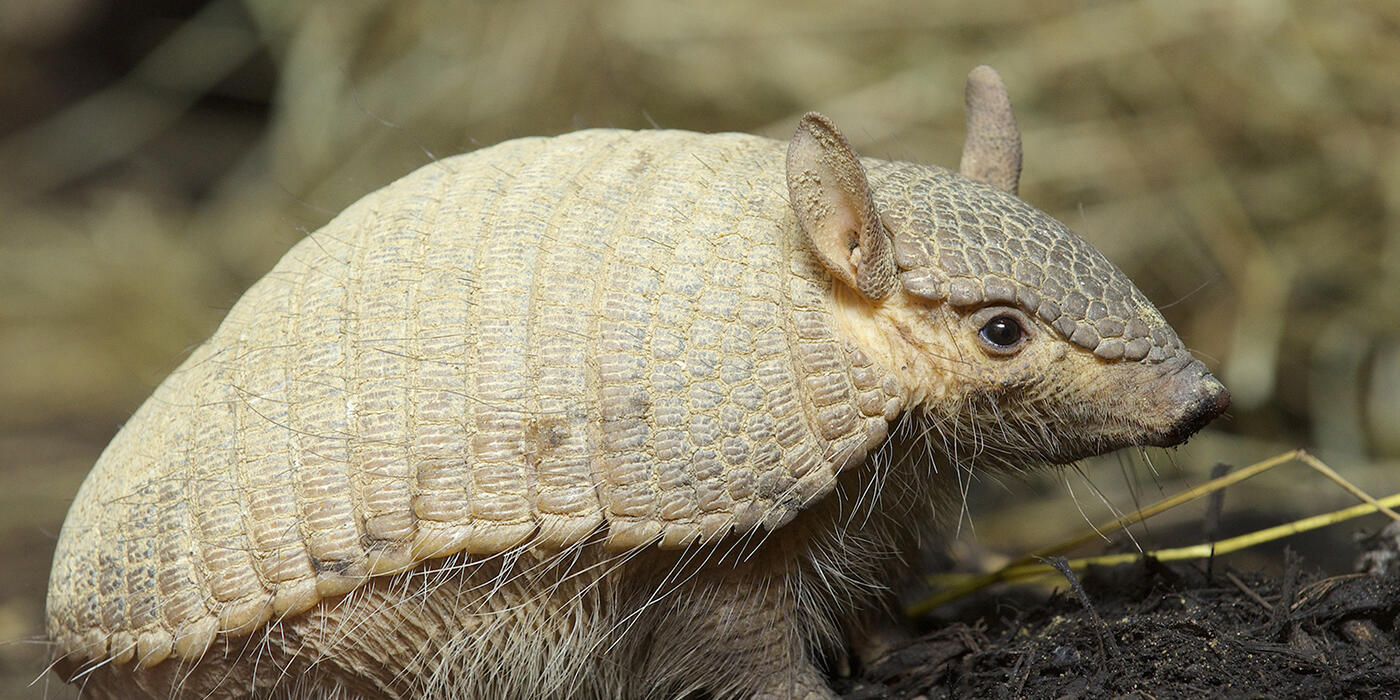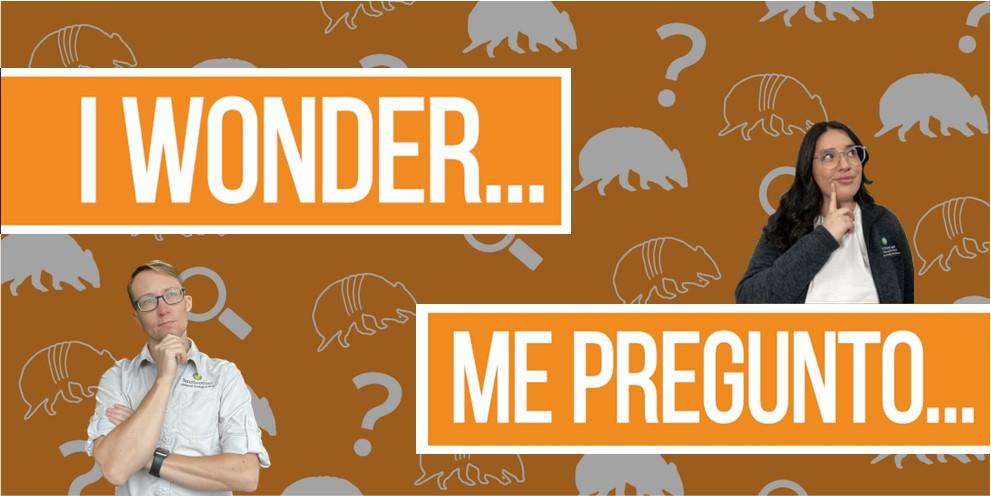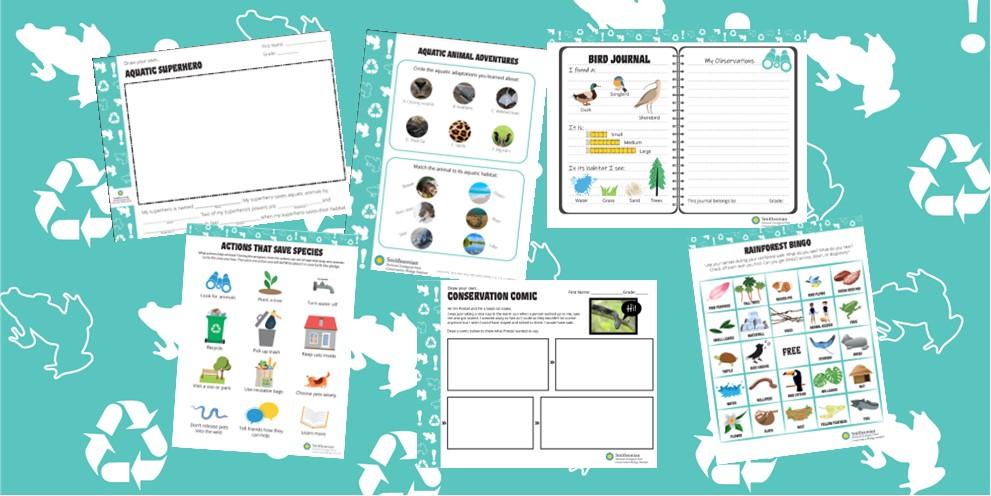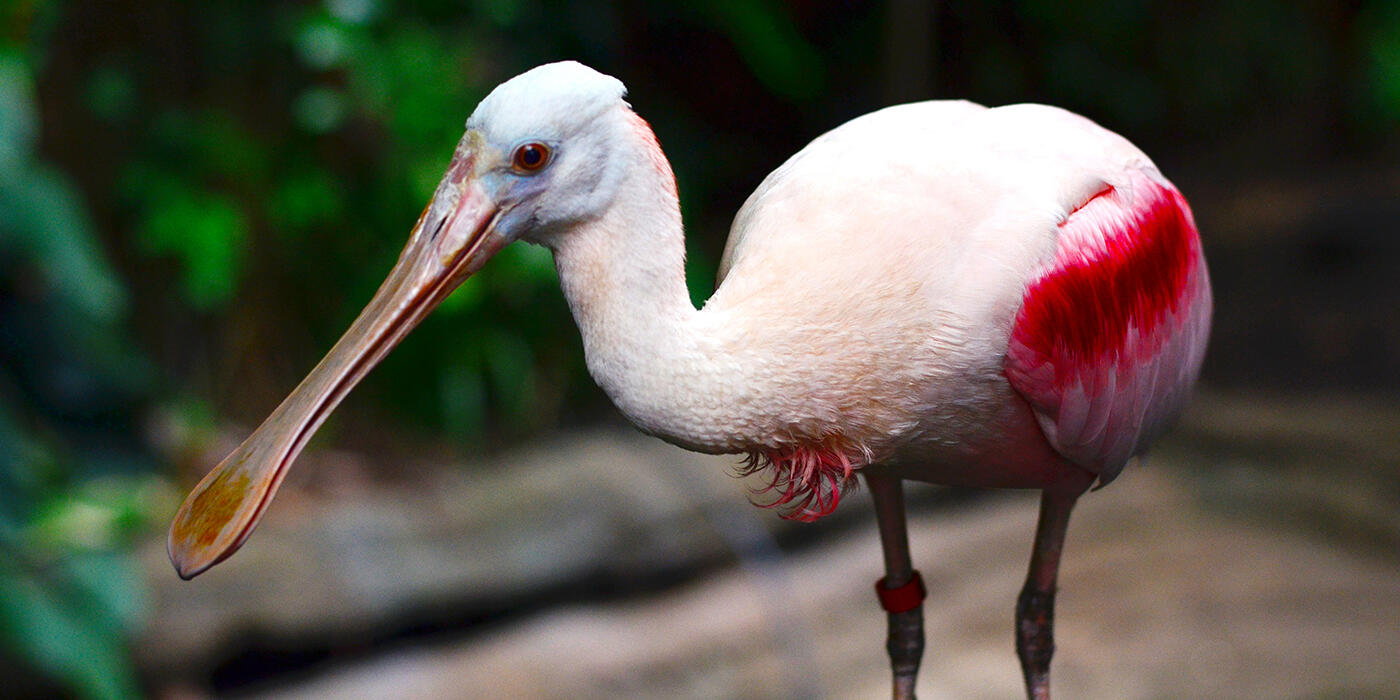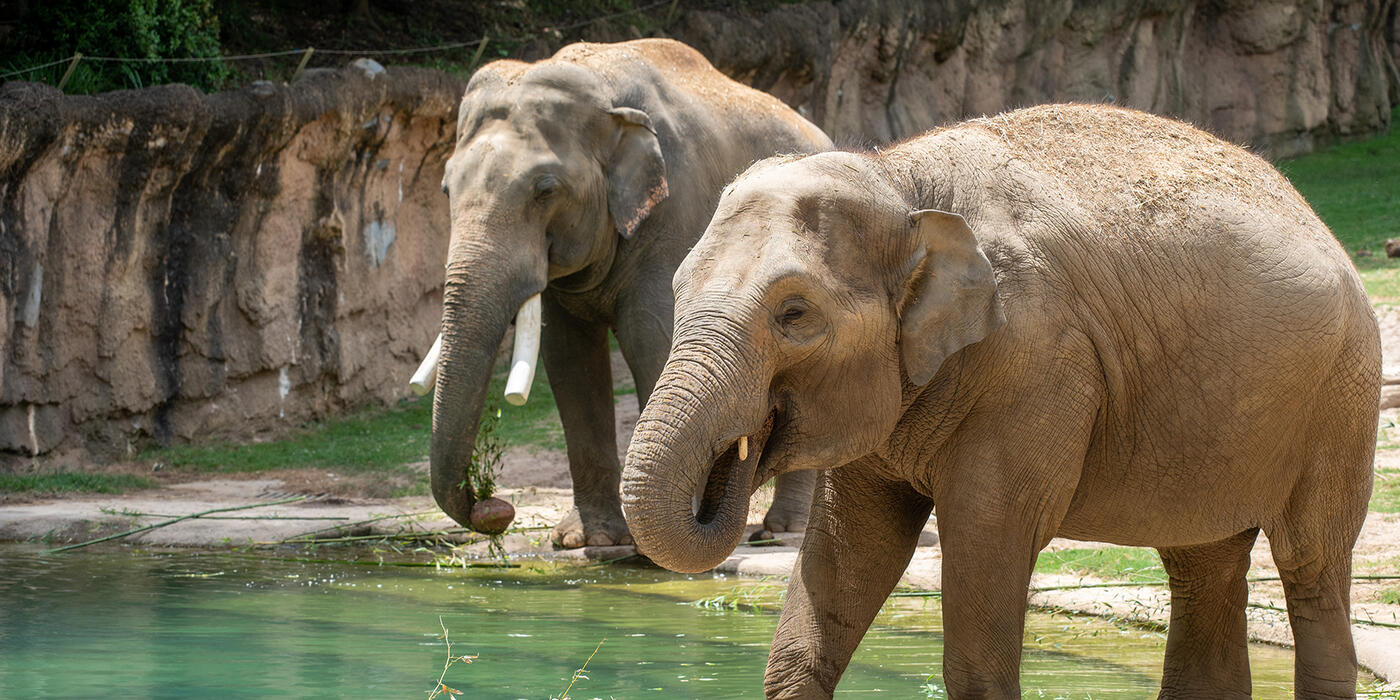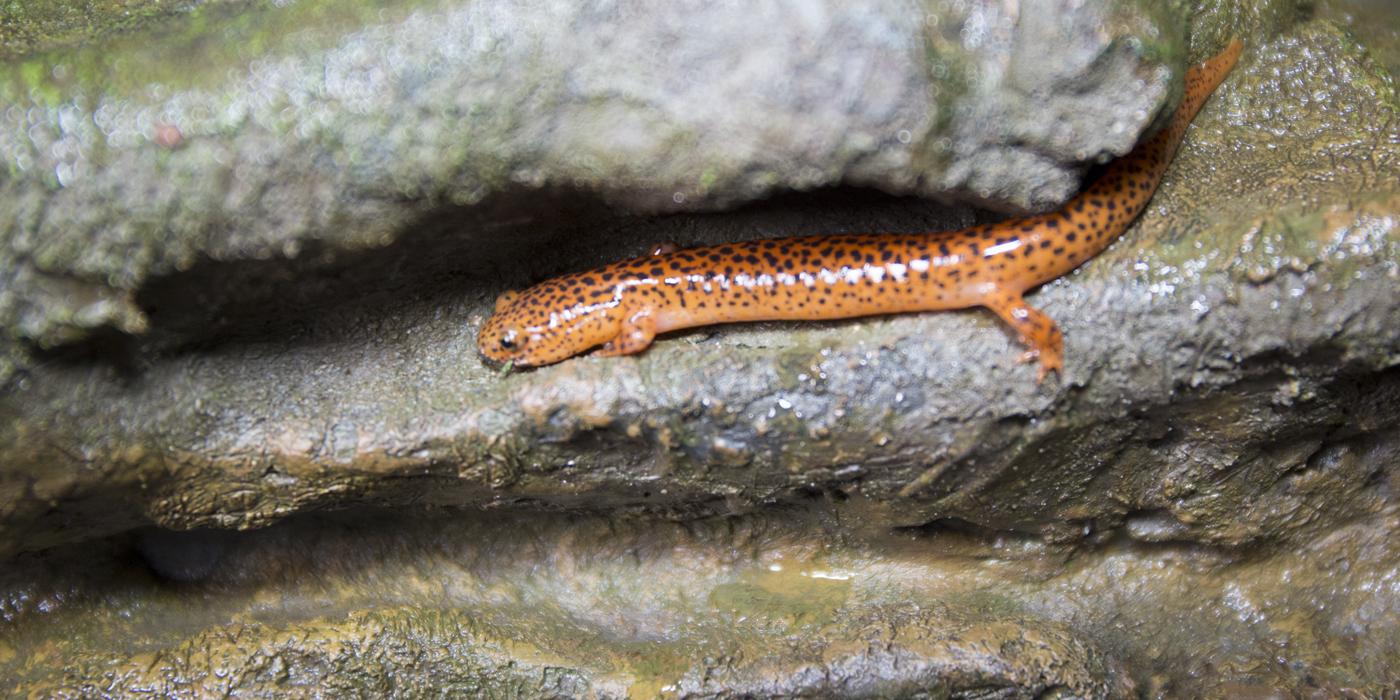What makes an animal a mammal? Valen-TINY mammals gives students an up-close look at mammal traits from some cute and tiny zoo animals.
This virtual school program is part of Conservation Classroom, a collection of monthly lessons for K-5 students. Each lesson has four elements: wonder (video), engage (live virtual program), act (activities), and connect (video). Follow along with all four parts or pick and choose the videos and activities you want to explore.
K-5
Supports NGSS K-LS1-1, 1-LS1-2, 1-LS3-1, 3-LS1-1, 3-LS3-1, 3-LS4-3, 4-LS1-1, 5-PS3-1, 5-PS3-1
Mammals, animal groups, adaptations
Patterns, cause and effect, energy and matter
Free
Wonder ›
I wonder... what is a mammal. Bring your curiosity along on an exploration of what makes a mammal, a mammal.
Click "watch video" to view!
Engage ›
February 11, 2026 at 2 p.m. ET
In this free, live virtual program, students will meet some amazing mammals, investigate what makes them mammals, and learned how they care for their young.
Click "Register Now!" to join us!
Want to explore more cute mammals? Check out the program recording from 2024.
Language & Access: English, Spanish (simulcast), American Sign Language interpretation, and live English captions.
Act ›
During the live program, follow along with the Survival Strategies matching activity. After the program, draw a picture or write a poem for your Little Critter Love Letter. Share your activities with us at nzp-education@si.edu.
Connect ›
Meet Hannah, a laboratory technician! As part of her "unZOOsual" career, Hannah uses chemistry and food science techniques to study milk samples from hundreds of different mammals, helping to make sure hand reared mammals receive all of the nutrition they need to survive.
Click the "Watch Video" button below to watch this Career Connections video.
For Educators
Educator's Materials
Conservation Classroom: Valen-TINY Mammals is best suited for grades K-5. The full lesson consists of two videos, a live program, and one post-program activity. Refer to the Smithsonian Learning Lab collection to help teach this lesson.
Letter to Guardians
After participating in the live program, print or send the following letter to guardians, explaining what their student learned in this lesson and how they can continue to engage from home.
Carta para el tutor
Después de participar en el programa en vivo, imprima o envíe la siguiente carta a los tutores, explicando lo que su estudiante aprendió en esta lección y cómo pueden continuar participando desde casa.
